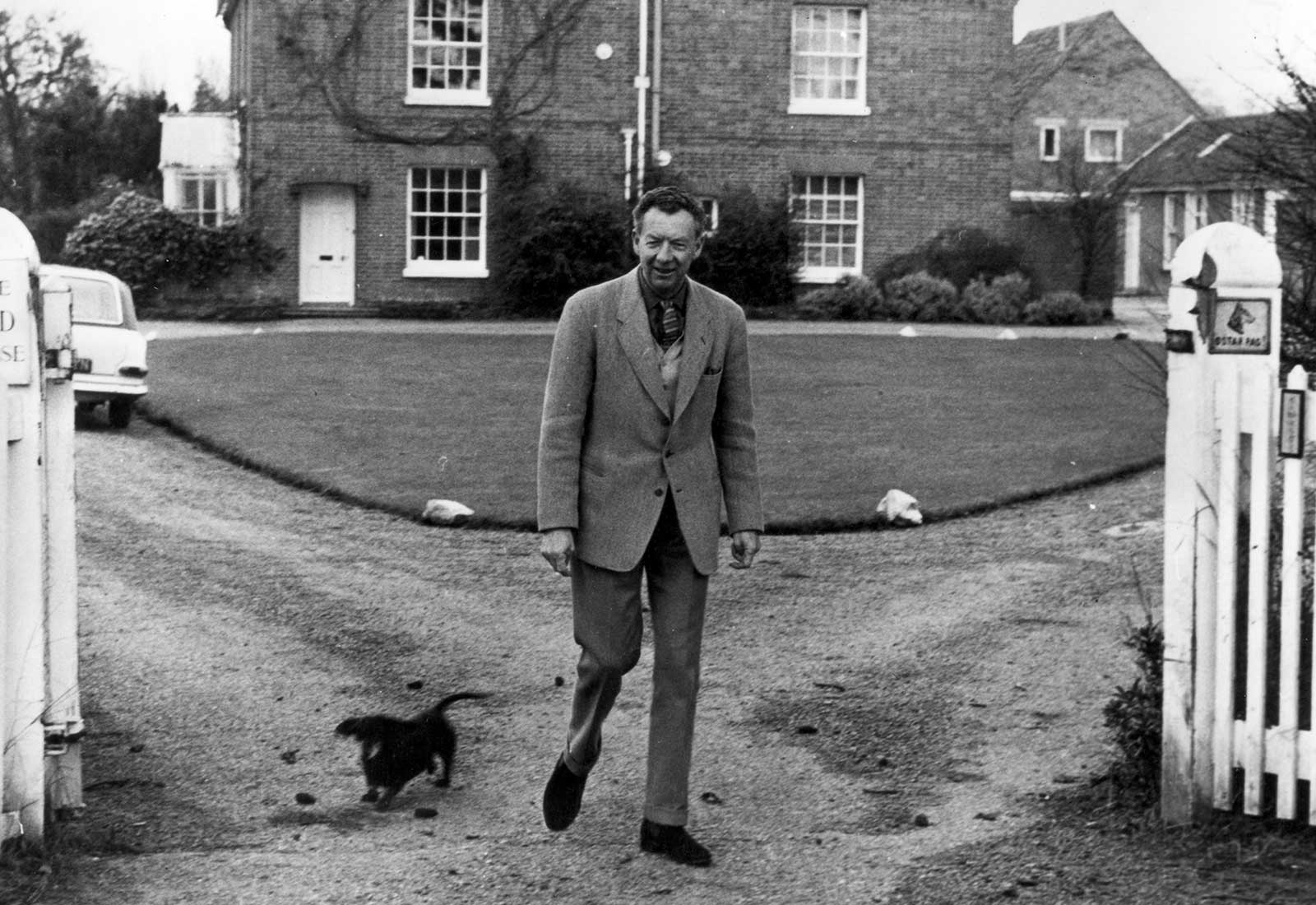Fredrik Andersson, Collections Systems Manager at National Historical Museums of Sweden, talks us through their image handling process using Axiell Collections and Axiell Ingest
The National Historical Museums of Sweden is a newly formed government agency containing six Swedish museums (The Hallwyl Museum, The Swedish History Museum, The Royal Coin Cabinet, The Royal Armory, Skokloster Castle and Tumba Papermill Museum). We’ve been using Axiell Collections since the fall of 2018.
We have several photographers in our staff who continuously take new images of the museum collections. The majority of the images are the result of ongoing projects – mostly exhibition projects. Being a newly formed government agency, there is still a lot of work to do regarding shared routines within different workflows and digital systems supporting the workflows.
For our current workflow regarding images of museum objects, we are using Axiell Ingest for importing the images into Axiell Collections. In our image production, we usually create huge batches at a time, where a manual image importing workflow would be very time consuming. You can upload images directly within Axiell Collections, yet this function is not as effective as when imported large amounts of images at the same time.
To make the most use of the import, the image files do have to be prepared a bit before you use the Ingest tool. The preparation involves adding and editing the metadata or the image files. In our workflow we have instructed our photographers to always add the object number (s) into a metadata field when producing the images. This task is performed either manually or with a barcode reader depending on what museum collection they are photographing. Separate from the object number, the photographers adapt a specific file naming structure stating which series that particular image belongs to. There is no object number or date or anything like that in the filename. This is a deliberate choice, since we want the object number to always stay within the image file regardless of any changes to the filename. The photographer also adds a license template to each image, which is a customized .xmp template containing contact information for the government agency, the name of the photographer and the license for that particular image. For museum object images, the license inserted is either CC-BY or Public Domain Mark.

Once the photographer has prepared the image file with the object number and the license template, the next stage of our image workflow takes place. All high res tif images are stored in a separate image archive, where high res jpg copies are created automatically. Our current image archive uses only freeware and open source software for image conversion and metadata copying between different file formats.
The high res jpg copies are then processed, where we add and edit some. Using the tool, ExifTool, we add some values to the IPTC metadata in the image file. This step is done only to improve the workflow within Axiell Collections – once the image files are imported we don’t need to add further data to the multimedia database in Axiell Collections. Currently, to our knowledge, Inset not separate multiple values stored in a single metadata field (such as the keyword field), which is now the only thing keeping us from not having to edit the image record within Collections at all once it’s imported.
In our current workflow, we’re using only one configuration for Ingest – you could actually store multiple configurations and choose between them before importing. This could be useful in several cases, depending on your workflow. To be able to match metadata fields with Collections fields there is a useful metadata tool provided with Ingest, displaying all the metadata fields available within an image file. This tool also provides you with the correct syntax to address each metadata field within the mapping procedure. The mapping is done using the GUI or the Ingest tool, although you can also edit the config-xml file directly.
Apart from mapping different metadata fields, you can also use the Set tool to add other data to an image file during the import procedure, for instance a text string. There are also filtering options and you can apply different rules to each mapped field (for instance you can ignore values from an image file if those values already exist within Collections).
Once you’ve configured your Ingest mapping, you can then import hundreds or even thousands of images at once. The Ingest import procedure also states any errors directly on-screen and creates a log file or all import messages.
As well as the ability to import multiple values from a single metadata field, we think Ingest might also work better for us as a service on a server. Currently, Ingest is an application that requires a Windows user to be running that application for importing. This would create new opportunities for us to create different import folders for the users – import folders using different configurations without the manual handling of the actual application.
The ingest tool is a vital part of our Collections system – without Ingest we wouldn’t be able to handle our image workflow at all.




